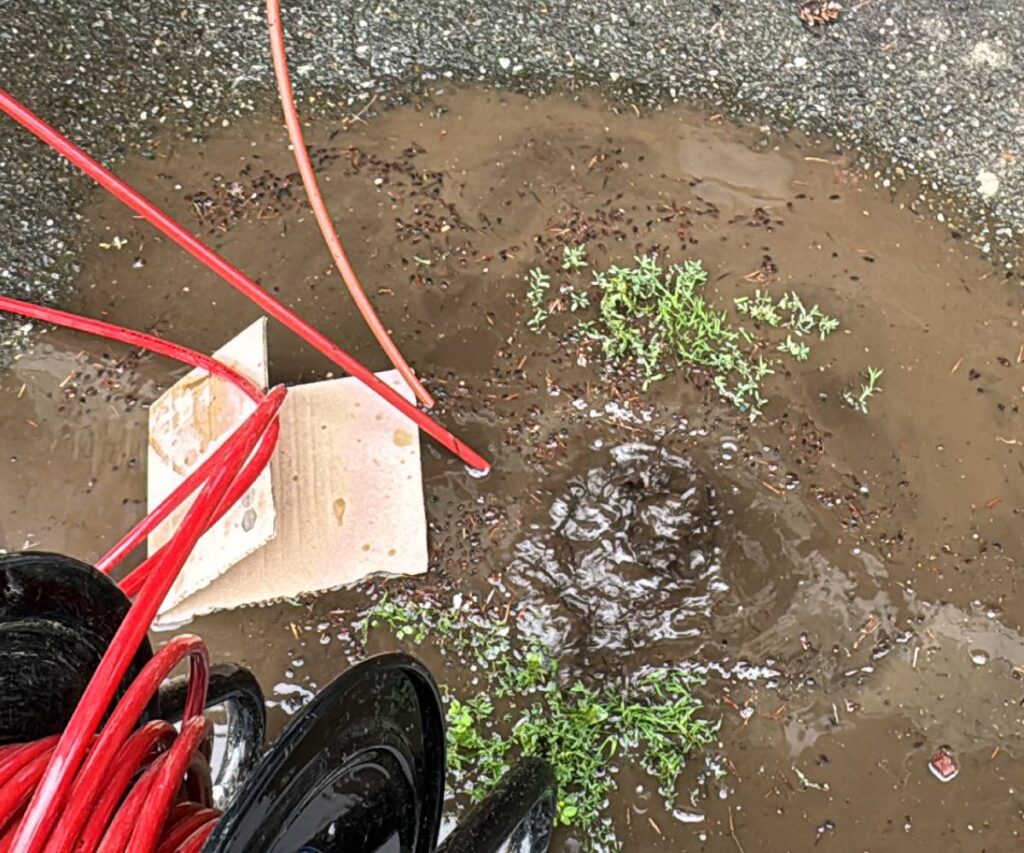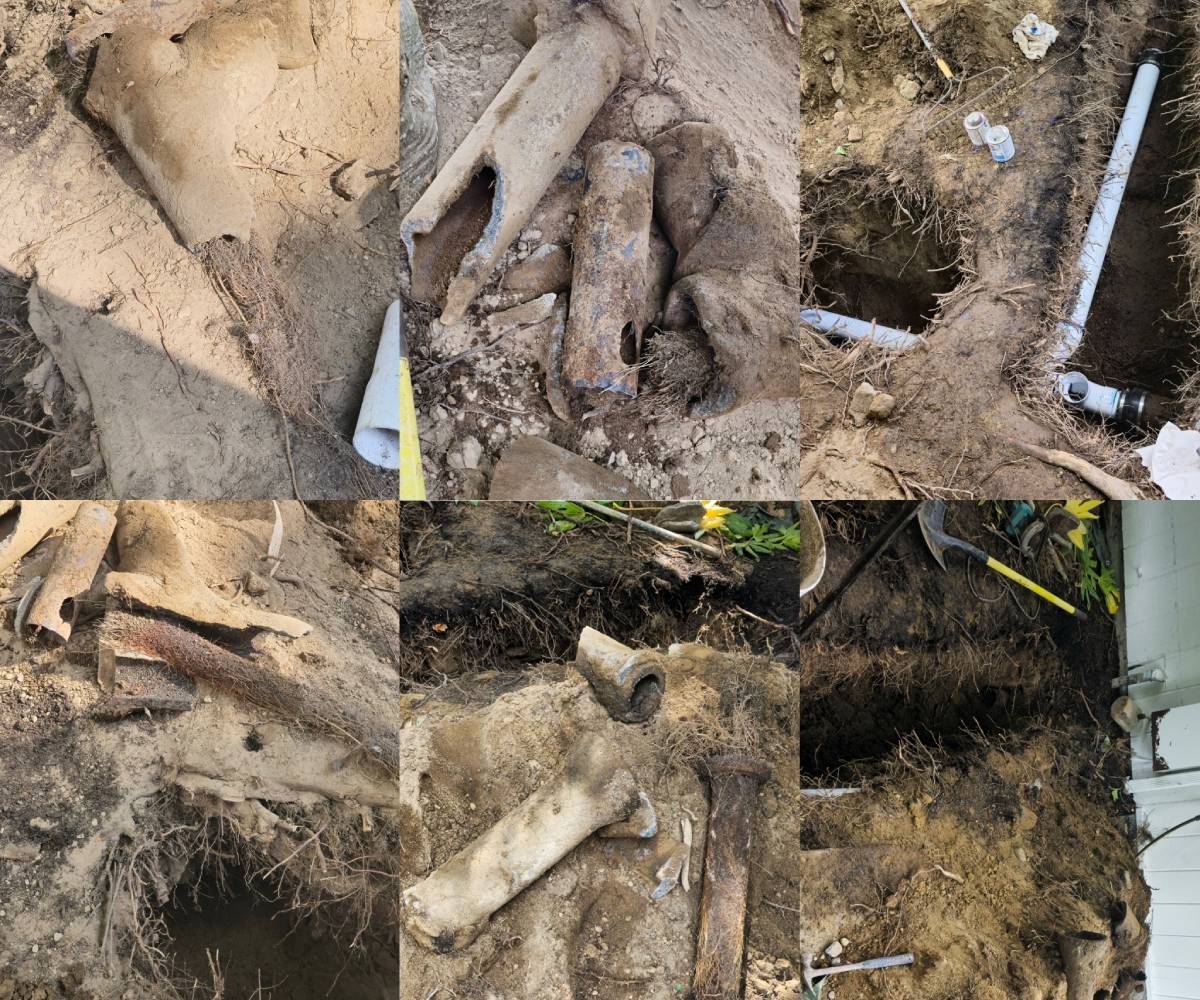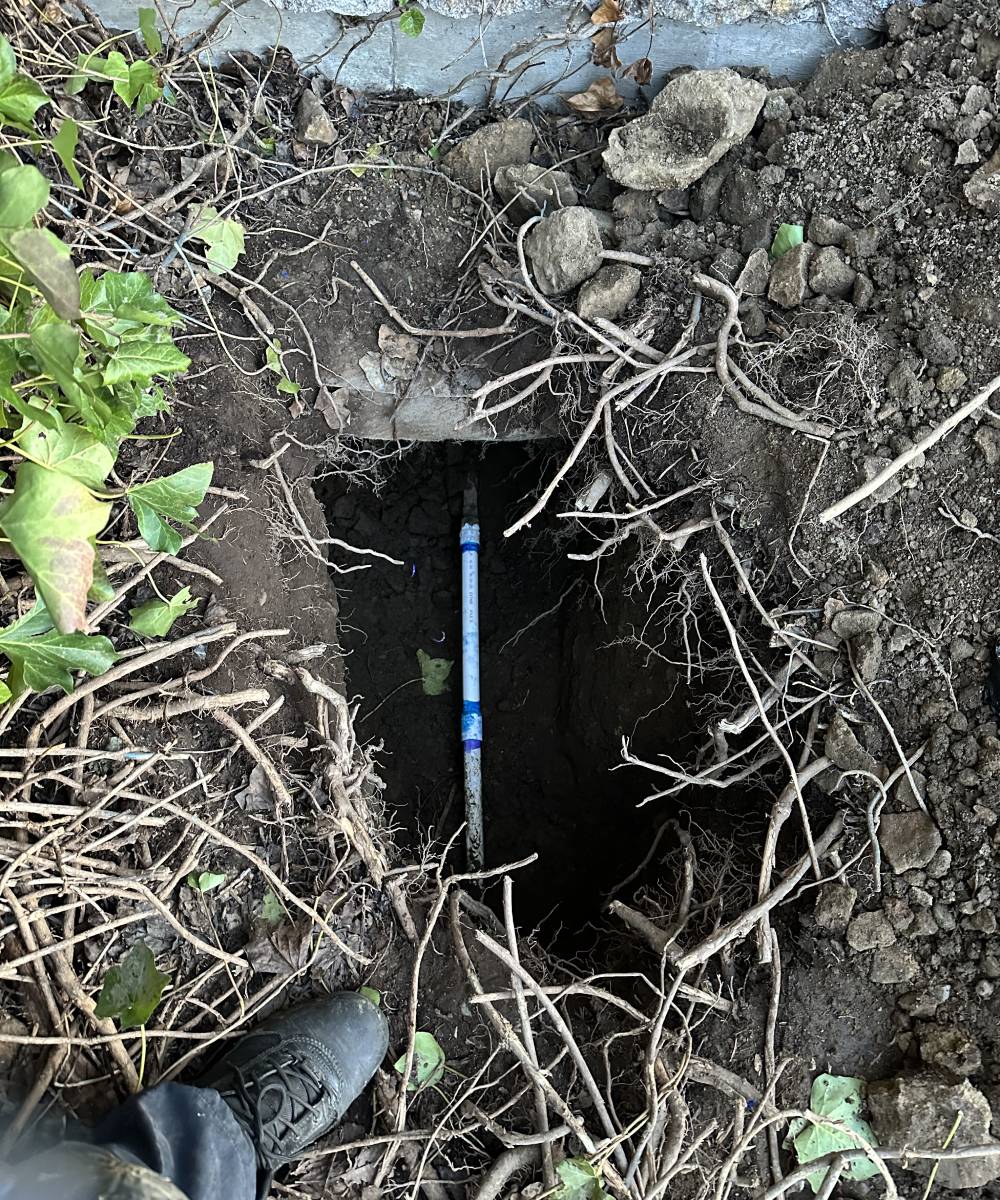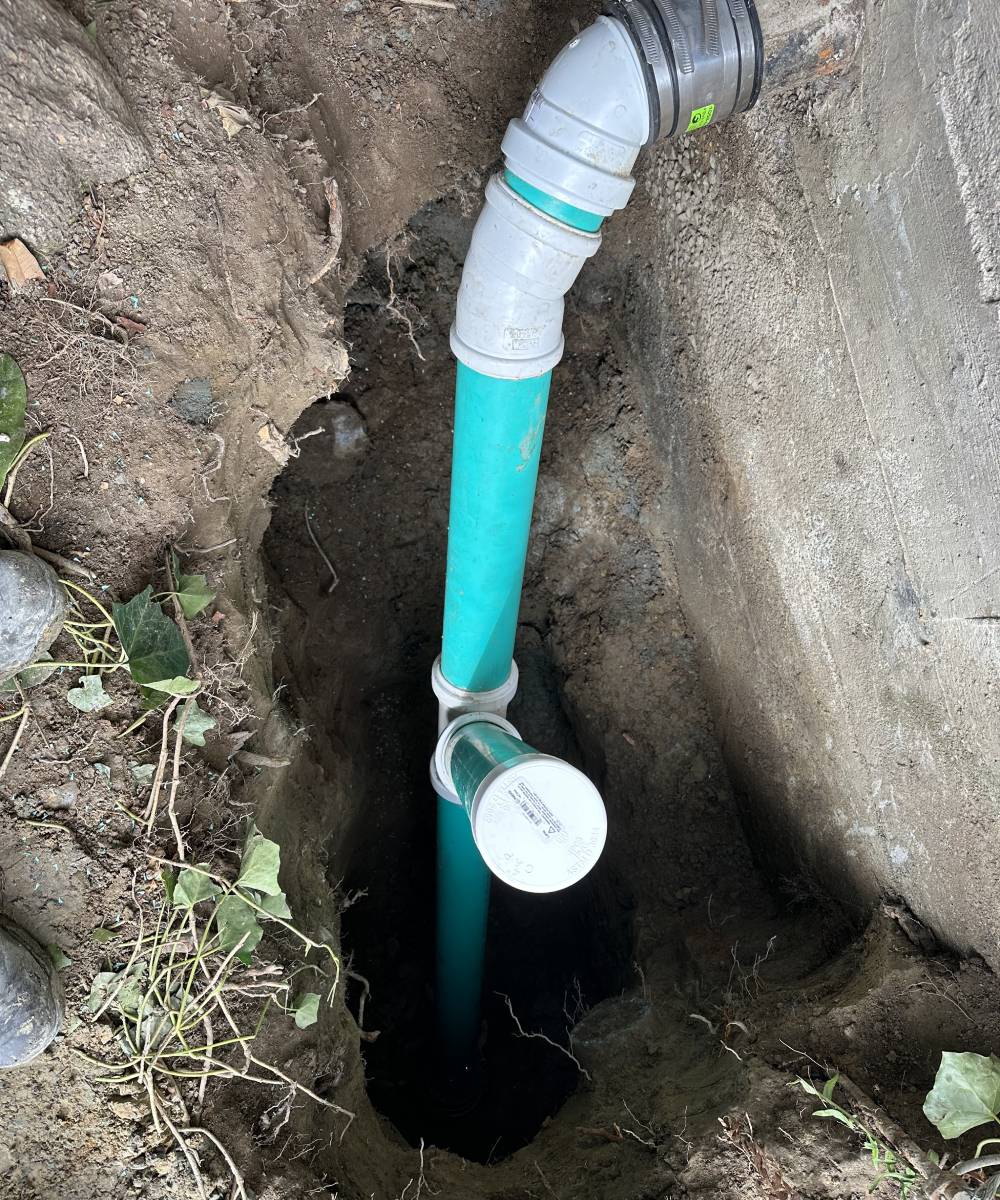When your sewer line goes haywire—think gurgling drains or a soggy yard—the first question is usually: How long will this take to fix? At KnightRooter, we’ve seen it all, from quick patches to complex overhauls, and we know timing is a big deal for homeowners. While every job has its own pace, this step-by-step guide breaks down the process and shines a light on what speeds it up or slows it down. Serving Seattle and beyond, we’re here to help you understand what’s ahead. Let’s dive into the details!
What Influences Sewer Line Repair Timing?
The timeline for a sewer repair hinges on a few key players. Here’s what shapes how fast—or slow—the job goes:
Extent of the Damage
A small leak gets resolved faster than a pipe that’s caved in. Bigger damage, like a root-infested collapse, naturally drags the process out with extra steps.
Chosen Repair Method
The fix you pick sets the tempo. Traditional digging is a slower grind, while trenchless methods zip through with less fuss. It’s all about how much heavy lifting’s involved.
Site Conditions
Where the pipe’s hiding matters. Open lawns let us move quickly, but pipes under pavement or soggy Seattle soil can bog things down with tougher access.
External Factors
Rainy weather or permit hoops can stretch the timeline. Seattle’s drizzle might pause outdoor work, but KnightRooter pushes to keep things moving.
Step-by-Step Guide to Sewer Line Repair
Here’s how KnightRooter tackles a sewer repair, with a peek at what keeps it swift or stalls it:
Step 1: Inspection and Diagnosis
We start by sliding a sewer camera into the line to spot the trouble—cracks, roots, or clogs. This step’s a time-saver, giving us a clear target fast so we don’t waste effort digging blind.
Step 2: Planning the Fix
Next, we map out the repair, grab the right gear, and handle any permits. Good planning speeds things along, though permit waits might nudge it slower in some cases. For emergencies, we jump in without delay.
Step 3: Accessing the Pipe
For traditional repairs, we dig to reach the pipe—a step that slows down with tricky spots like concrete or wet ground. Trenchless fixes skip this slog, zooming ahead with minimal disruption.
Step 4: Performing the Repair
Here’s the main event: patching, clearing, or replacing. Simple jobs wrap up quickly, but heavy damage—like a full swap—takes more time to get right. We prioritize efficiency either way.
Step 5: Final Checks and Restoration
We test the line to ensure it’s solid, then tidy up—filling trenches or smoothing out after trenchless work. Thorough checks might add a beat, but they keep the fix fast and final, avoiding do-overs.

Comparing Repair Methods
The method you choose is a game-changer for timing. Let’s break it down:
Traditional Excavation
Digging up the pipe, swapping it out, and restoring the site is a steady but slower process. The extra labor—especially in tough terrain—stretches the timeline, making it best for big, messy jobs.
Trenchless Techniques
Pipe lining or bursting cuts the chase, fixing things from the inside with barely a shovel in sight. It’s a speedier route, perfect when you want minimal downtime and a quick return to normal.
Common Sewer Line Issues and Their Impact
Some problems hit the brakes harder than others. Here’s how they sway the repair timeline:
Tree Roots
Seattle’s trees send roots hunting for water, sneaking into pipes and gnarling them up. Clearing them slows the pace a bit, and if they’ve trashed the line, the fix takes longer to untangle.
Aging Pipes
Older clay or iron pipes in the Puget Sound crumble with time. Swapping these relics is a careful, drawn-out task compared to patching newer ones, especially if they’re breaking apart.
Clogs and Blockages
Grease or wipes can choke a line. A quick flush moves fast, but a stubborn clog—or one that’s cracked the pipe—turns it into a lengthier battle to sort out.
Why Speed Matters for Seattle Homes
In Seattle, wet weather and old plumbing mean delays can spiral—think sewage backups or a ruined lawn. A swift repair keeps trouble at bay, and KnightRooter’s knack for fast work, like our sewer line repair in Seattle, gets you back on track pronto. We hustle at every step to cut the wait.
FAQ
1. What affects how long a sewer repair takes?
Damage size, method, location, and weather all tweak the timeline. We size it up fast to keep you posted.
2. Can I use my plumbing during the repair?
Small fixes usually let you keep going; bigger ones might need a pause. We’ll clue you in.
3. Which repair method is fastest?
Trenchless beats digging for speed, skipping the slow excavation part.
4. Does KnightRooter handle urgent repairs?
Absolutely—our 24/7 team jumps on emergencies to shrink your wait in Seattle.
5. How do I minimize delays?
Call early and clear the site—like moving patio gear—so we can roll in fast.
6. What’s the toughest sewer repair you’ve seen?
We’ve wrestled collapsed lines under streets and root-wrapped relics—each a slog we sped through with skill.
For professional and fast drain cleaning Bothell, drain cleaning Seattle, and drain cleaning Bellevue, contact KnightRooter. Our team is ready to provide the best solutions for your drain issues.





No comment yet, add your voice below!